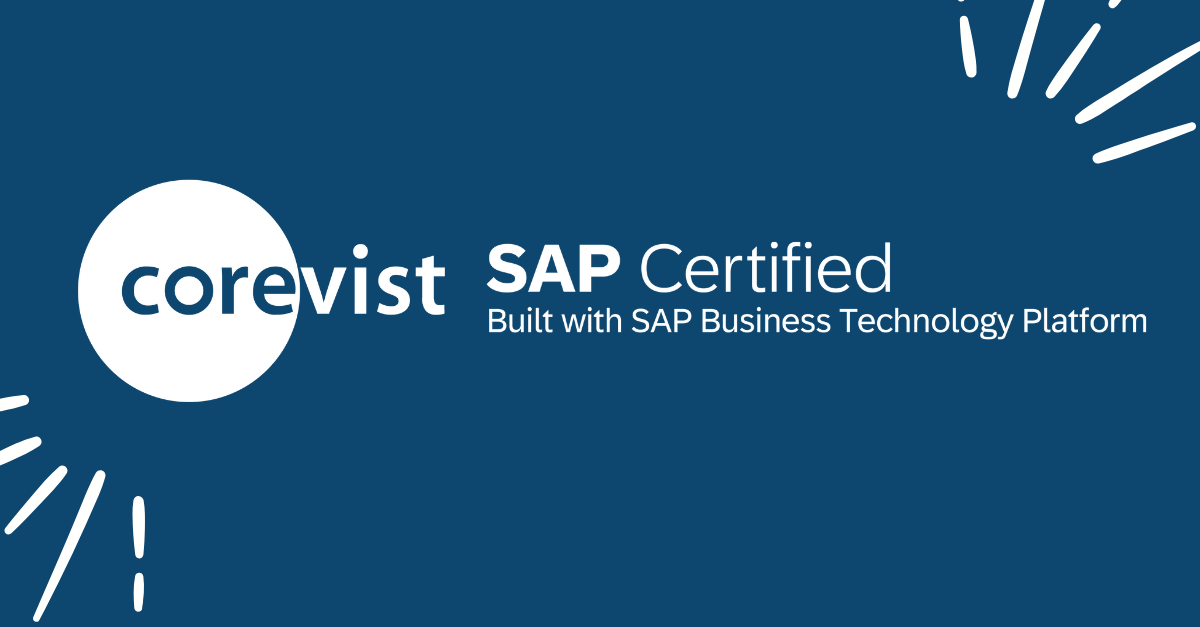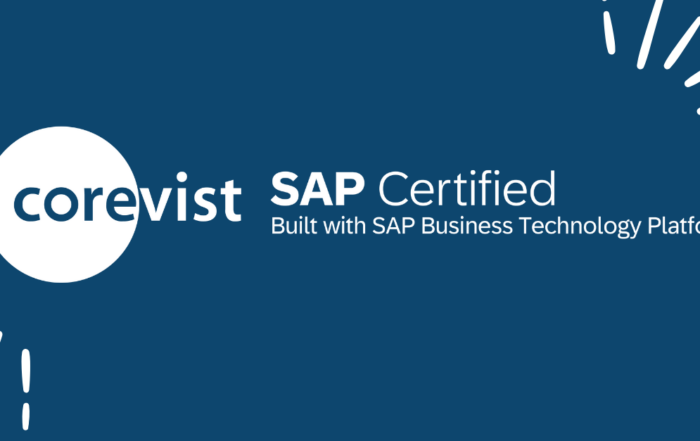Share
Author
George Anderson
Share
No doubt about it, COVID and evolving buyer expectations are putting serious pressure on manufacturers. Ordering by phone, fax, and email are out. Welcome to the age of online ordering and customer self-service.
To meet these expectations, you’ll need some form of B2B eCommerce, a B2B portal, or a combination of the two. Given the competitive urgency, an out-of-the-box SaaS solution is the fastest path to value.
But what should you look for in that box?
Here are 5 questions to help you identify your real needs and pick the right solution.
1. Are you targeting consumers and B2C lookalikes, or dealers and distributors?
If you’re selling directly to consumers, you’ll need a solution that supports a robust B2C user experience. The same is true if you’re marketing to B2C lookalikes—i.e. business buyers who aren’t known customers (and need to be won over again and again).
For consumers and B2C lookalikes, Shopify or Bigcommerce will easily deliver the kind of experience that consumers expect. Platforms like these offer plenty of out-of-the-box functionality for the B2C use case.
But these platforms also make two fundamental assumptions:
- Your customers need a product catalog, and it should be publicly viewable
- You don’t have unique business rules for different customers
Here’s where things get challenging for manufacturers selling to dealers and distributors. In these cases, the customer is usually a well-established account. They have personalized contract pricing—maybe even personalized inventory availability. Maybe they’re only allowed to buy certain products. Perhaps one user in the account needs to see pricing and approve orders, while another user should have permission only to build orders.
Conventional B2B eCommerce platforms don’t have great answers here. (Hint: Corevist solves all these problems out of the box.)
2. Is this a permanent, cross-functional solution, or just a proof of concept?
In large, complex organizations, a B2B portal or eCommerce solution will touch all parts of the company. The right solution can relieve the burden on customer service reps, make it easier for sales reps to sell, and increase revenue and customer retention.
Unfortunately, the wrong solution can make life harder for IT by introducing technical debt.
If you’re just looking for a proof of concept, your options are wide open. There are plenty of B2C-focused SaaS platforms with a low barrier to entry. They’ll allow you to stand up a temporary storefront to help your stakeholders imagine eCommerce at your company.
However, if you’re looking for a permanent solution that plugs deeply into your complex organization, you’ll need to look beyond Shopify and Bigcommerce. The problem is ERP integration. Without it, B2B eCommerce simply won’t plug in to your existing processes. (More on that below.)
3. Do you want to attract new customers, or better serve existing customers?
This question is actually related to the first.
If you’re trying to grow your market share through organic SEO or other forms of digital marketing, your eCommerce program (and user experience) needs to look like B2C.
But maybe you just want to give existing customers the B2B portal they’ve requested.
Maybe they don’t need a robust product catalog—rather, they need a robust SAP integration so they get the right personalized information in the portal. If customers get things like unique pricing, real-time credit status, and order updates over the phone, they won’t have much use for B2B eCommerce that doesn’t provide these things.
4. What will be your system of record? B2B eCommerce, or SAP ERP?
Check out Shopify’s description of what their platform offers “out of the box.” They make it quite clear how much of your business they want to own:
- “Out of the box, Shopify is your one-stop-shop to run your business: you get a storefront, a payment processor, a shipping partner, a back office, and marketing headquarters, all in one. These are the core functions of running a business.”
Shopify isn’t the only platform to take this stance. In fact, it’s the norm for conventional B2B eCommerce platforms. Each one wants to own as much of your business data as possible so it’s hard to get off the platform.
If you’re a manufacturer running on SAP ERP, ask yourself this. How many of those systems do you already have? You may or may not have a payment processor. You probably have shipping partners.
You definitely have your back office covered—that’s SAP ERP.
The challenge here is that platforms like Shopify want to own it all. If you’re going to fit a platform like this into your existing IT and business processes, you’ll need a third-party connector between eCommerce and SAP.
Those connectors are the bane of B2B eCommerce for manufacturers. They need constant maintenance and bug fixes, and they introduce technical debt. Even with a connector in place, a conventional B2B eCommerce platform will still try to own your business data, requiring endless duplication and synchronization.
If SAP ERP is your system of record, then your B2B portal (or eCommerce solution) should reflect that. It shouldn’t duplicate anything—rather, it should work hand-in-glove with SAP, in real time. This is the thinking behind Corevist.
5. Can you stomach that giant catalog project, or do you just need a B2B portal?
For some manufacturers, this is the hardest hill to climb.
Conventional B2B eCommerce platforms come with a catalog. And that catalog needs all kinds of product content—images, descriptions, videos, customer testimonials, spec sheets, user guides…
Even if you already have this content, it’s a massive undertaking to build it out in a catalog or PIM solution.
Perhaps your organization would never do “eCommerce”—it’s just not you. Maybe your customers would find it annoying to wade through a catalog when they just want to punch in SKUs.
Whatever the reason, conventional B2B eCommerce platforms don’t have great answers here. They’ll force you to do the catalog. And most likely, they won’t post orders to SAP hands-free—let alone show the right personalized pricing, real-time inventory, credit status, or other essential information.
This is why Corevist is built to decouple the B2B portal from the catalog. You can start with a customer portal for order tracking and invoices, then add online ordering when you’re ready—without the product images. You can add that robust product catalog when your organization is in a good place to do so.
Want to see deep SAP integration in B2B eCommerce?
Check out the Corevist Commerce demo video.
Real-time SAP data in a sleek, mobile-friendly UI that’s built for B2B use cases.










